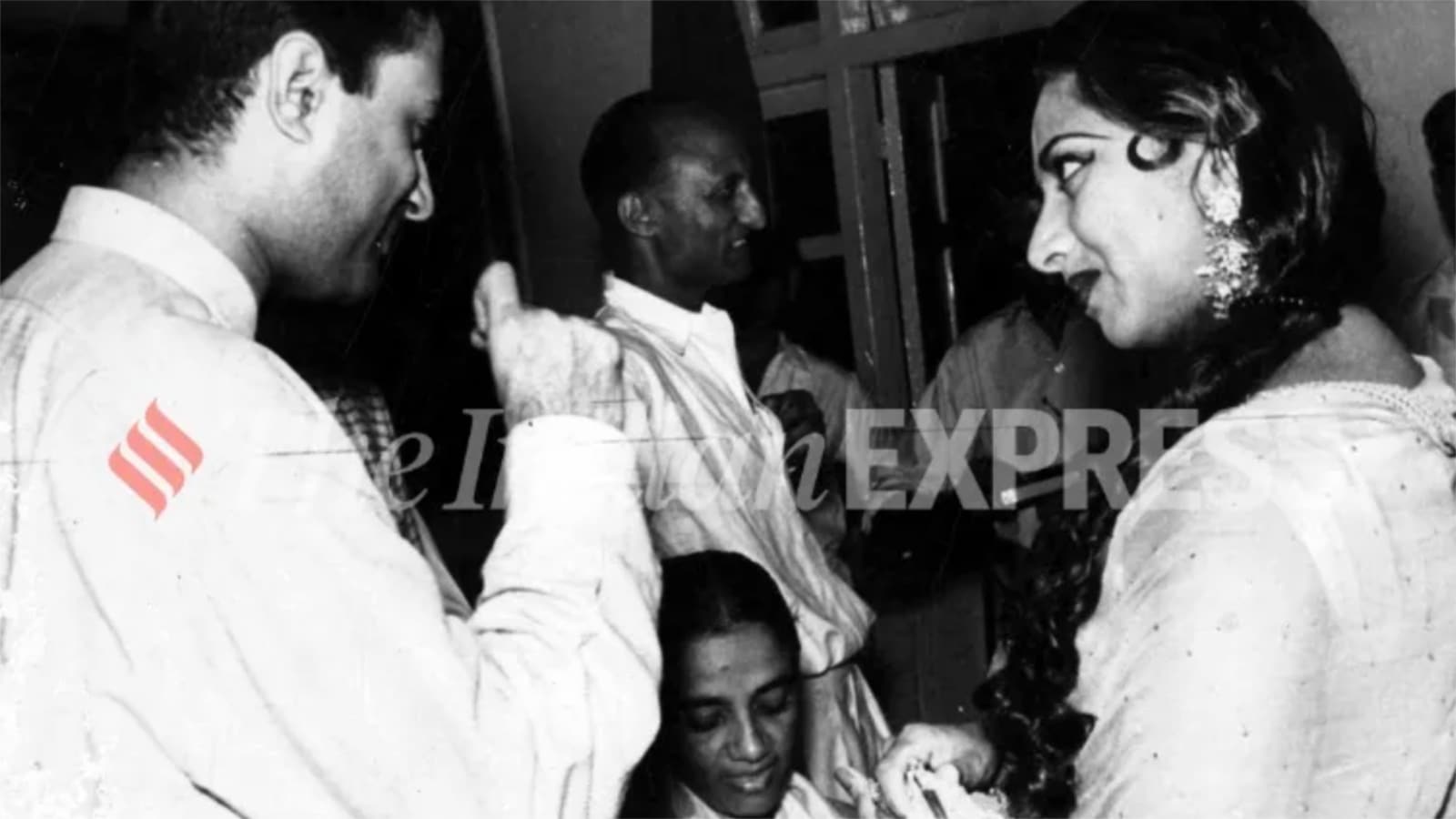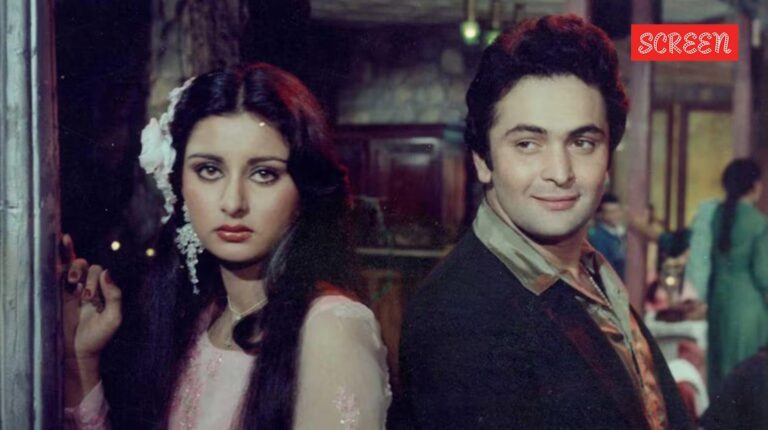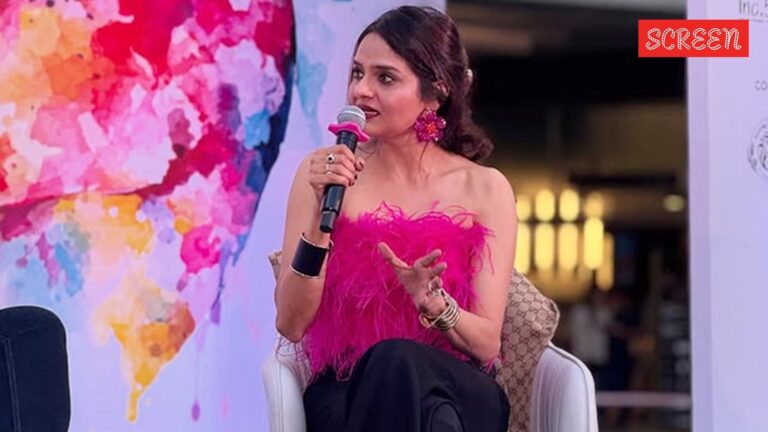Much before pay parity became a topic of discussion among leading female actors, the Hindi film industry witnessed the rise of superstar Suraiya, who left legendary stars like Dilip Kumar, Dev Anand, and Ashok Kumar behind when it came to remuneration.
Suraiya’s rise in the film industry as a singer and actor
While Suraiya was known for her roles in films like Omar Khayyam (1946), Pyar Ki Jeet (1948), Badi Behan (1949), and Dillagi (1949), which took her career to new heights, she didn’t initially enter the film industry to become an actor. Instead, she was first recognised by music director Naushad for her beautiful voice, which led to many playback singing offers.
It all started when Suraiya was just 12 years old and would frequently visit film sets with her uncle. During one such visit to the set of Taj Mahal, she was picked by the director to play the role of young Mumtaz Mahal. After starring in several children’s programmes for All India Radio, Suraiya’s singing talent was discovered by Naushad, who gave her a chance to sing in the film Sharda (1942) for the legendary actor Mehtab. She soon became synonymous with musicals like Phool, Samarat Chandragupta, Aaj Ki Raat, Dard, Dillagi, Natak, Afsar, Kajal, Dastan, Sanam, and Char Din.

Suraiya’s meeting with Hollywood star Gregory Peck
Suraiya was a huge admirer of Hollywood heartthrob Gregory Peck and got a chance to meet him when he visited India. It all began in 1952 when Suraiya gave her autographed photo to Hollywood director Frank Capra—who was visiting India during the first International Film Festival of India—to pass on to Gregory Peck. The Hollywood actor received the photo and made it a point to visit Suraiya when he came to India.
He went to Suraiya’s home in Mumbai and the two chatted for an hour. Speaking about the meeting, she had said, “We spoke for an hour. I didn’t sleep at all that night. Nobody believed I’d met him. For two months newspapers carried our ‘love stories’. I enjoyed it!”

Suraiya’s affair with Dev Anand that marked her descent in Hindi films
At the peak of her professional career, Suraiya fell in love with Dev Anand, with whom she starred in seven films. He even borrowed money to buy her a diamond ring. At that time, Suraiya was a bigger star than Dev Anand, and since he was also a Hindu, Suraiya’s maternal grandmother didn’t approve of their relationship. Suraiya’s grandmother controlled her life and her career. She even threw the ring Dev Anand bought for her into the sea and instructed filmmakers to cut the romantic scenes between them.
Dev Anand wanted to marry Suraiya and even quit acting, which wasn’t acceptable to her, so they eventually parted ways. However, the relationship had such a deep impact on Suraiya that she never married. Dev Anand, meanwhile, married Kalpana Kartik in 1954.
Story continues below this ad
“When I refused to marry Dev, he called me a coward. Maybe I was one. I admit I didn’t have the courage to take a step I was not absolutely sure of. Perhaps it was a folly, perhaps a mistake or perhaps destiny?” Suraiya told Stardust.
Suraiya’s downfall and retirement
After her breakup with Dev Anand, Suraiya’s professional career also took a hit. Her films in the 1950s didn’t perform well. However, she did experience a brief resurgence with her Mirza Ghalib in 1954, which was a huge hit. She even earned praise from Jawaharlal Nehru, who told her, ‘Tumne Mirza Ghalib kii ruuh ko zindaa kar diyaa (You brought Mirza Ghalib’s soul alive)’. But her 1964 film Rustam Sohrab, co-starring Prithviraj Kapoor, turned out to be a major flop.
Witnessing the curtain fall on her career, Suraiya took voluntary retirement in 1963 and stepped away from the limelight. She was never seen on the big screen again and also did not return to playback singing. She passed away in 2004 due to health-related issues.

























